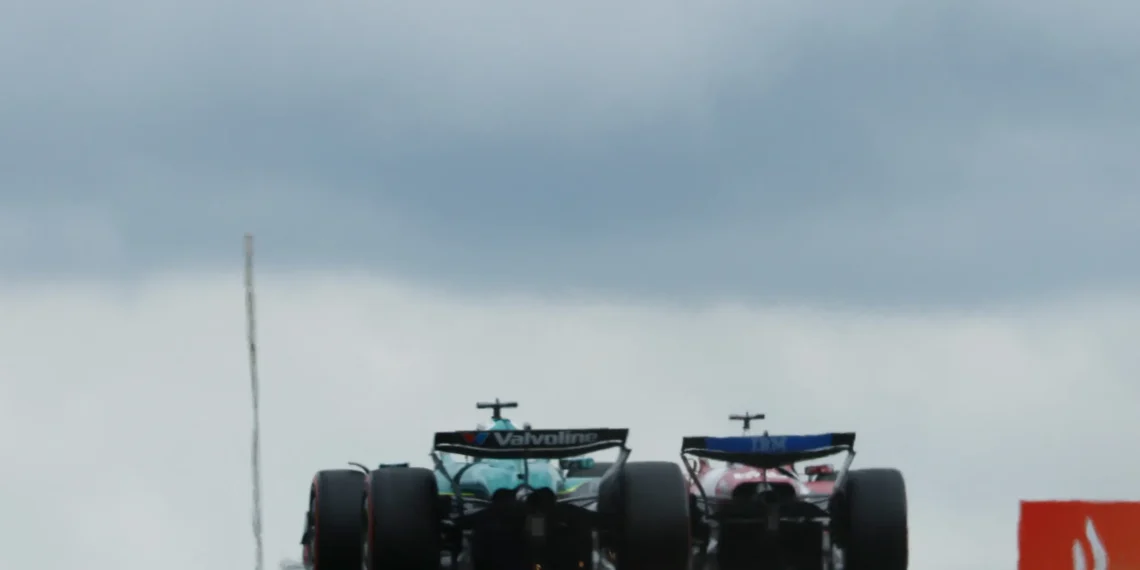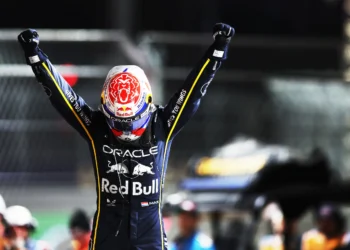Revolutionary Tire Testing at Silverstone Unveils Astonishing Results!
An unusually warm track day at Silverstone became an impromptu demonstration of engineering progress as Sauber and Aston Martin collaborated on a joint tire evaluation mandated by Pirelli. Looking ahead to the 2026 Formula One regulations, the session was systematic: each new compound was scrutin across several temperatures and track rubbers, yielding data critical to the next-generation car.
Behind an AMR25 test chassis Lance Stroll logged a textbook mileage317 km465 km, his best of 1m30.195 eclipsing many race-week benchmarks. Not far behind Gabriel Bortoleto in the modified C45 amassed a solid 110 laps 253 km, his 1m33.188 underscoring the compounds durability under repeated high-energy loading.
Ive kept pushing and the front-end grip just stays with you, said Bortoleto of Stake F1 Team KICK Sauber, crediting the tire teams feedback loop. A noticeable step in traction lets us accelerate much sooner out of corners, a racing millisecond that translates into a decision-making hour for engineers.
Mario Isola, Pirellis Motorsport Director, stressed that the 2026 tyre project is now in a decisive stage. We have more or less finished building the tyre structures at Silverstone, Isola explained. Single races and then we will study the data to prepare for homologation early in September.
Silverstones test has set the benchmark for the next session, which will be held at the Hungaroring on 5 and 6 August, immediately after the Hungarian Grand Prix. Further evaluations are lined up at Monza, Mugello and Mexico City, and these rounds will lock in the tyre compounds for the coming seasons, promising fans a fresh edge to the sport.










